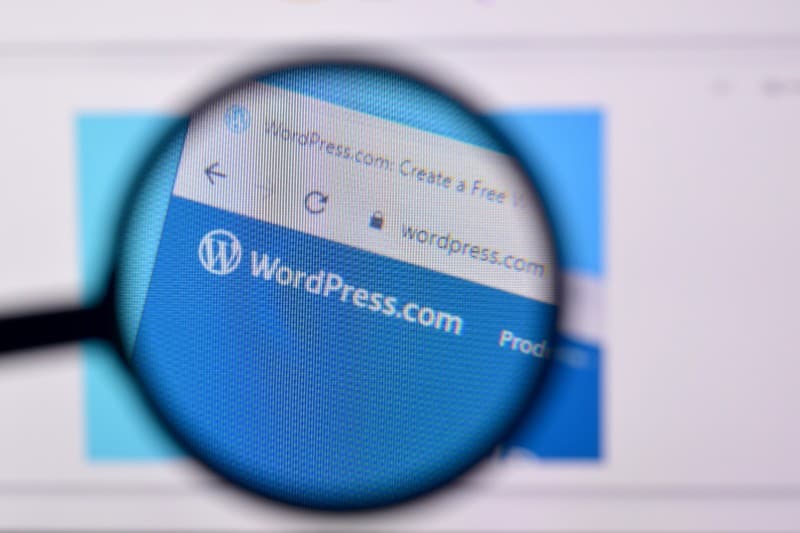If you’re familiar with SEO, then you should know that it means search engine optimization. To put it simply, it is the full optimization of a website so that it ranks at the top of search engines such as Google, Bing, etc.
In the past decade, SEO has become increasingly difficult due to the fact that search engines are constantly being tweaked and improved. This is done so that the highest quality content is served on the first page and the top spots.
The most popular and widely used search engine, Google, is known for constantly improving its algorithm to spot deceptive SEO tactics and penalize those websites. SEOs and webmasters typically try their best to get their websites on the top spots because these get the most amount of traffic. This directly relates to more customers and revenue.

With that said, we will now take a closer look at the differences between white hat and black hat SEO.
White hat SEO simply refers to SEO practices that are in line with what search engines want. These are the particular on-page and off-page optimizations that they approve of according to their webmaster guidelines as being acceptable and non-manipulative.
Black hat SEO on the other hand are SEO practices that are not approved by search engines and these practices are seen as wrong and manipulative. As a result, once a search engine determines that you’re using black hat SEO practices, they will penalize your website by either de-indexing pages, reducing traffic, reducing rankings, etc.
Now, you may be wondering, why would anyone do black hat SEO as opposed to simply following the rules and doing white hat SEO. Well, for one, black hat SEO is very effective and it works relatively quickly. It takes advantage of the search engine algorithm to quickly achieve high rankings and traffic for a website.
In some cases, black hat SEO also takes advantage of other websites in morally wrong ways. For example, one popular black hat SEO strategy is to get SAPE links. These are links that are purchased from SAPE link providers who essentially hack other popular and powerful websites and insert a link back to the buyer’s website without the hacked website owner’s knowledge.
This is very effective because these types of links are usually from websites that are highly authoritative with a great deal of domain authority. As a result, they boost the ranking of the linked-to website, quite quickly.
However, these links are morally wrong on the basis that the SEO is hacking another person’s website and placing a link there that they did not approve of. This can have many negative effects on that website in the long run.

Another popular black hat SEO strategy that is not as morally wrong as getting hacked backlinks/SAPE links is building PBNs. This stands for private blog networks and they are essentially websites that are built for the only purpose of providing high-quality links to websites that an SEO is trying to rank.
Basically, the SEO would purchase an expired domain that has high SEO metrics such as a high DA or DR, quality backlinks, etc. Then, they would build out a website that is in the same niche or a similar niche of their main website. Once that is complete, they will simply link back to their main website from this PBN website so that some of the power and “link juice” from that website would transfer to their main website, thus boosting its rankings.
Google and other search engines have a huge issue with these links and they actively seek out and de-index PBNs and penalize sites that have PBN links as this is seen as cheating the algorithm.
Now, you may be wondering, what is white hat SEO and how is it different from black hat SEO. As mentioned previously, white hat SEO follows search engine guidelines of what is acceptable. So, for one, good on-page optimization is at the core of white hat SEO. This means thoroughly optimizing each of the pages of your site for its keywords, including optimizing images, improving site speed, etc.
When it comes to getting backlinks, Google and other search engines approve of natural linking patterns to related websites. You should develop relationships with other website owners in your niche and naturally link through working together.
This can be done through email outreach, social media mentions, etc. The main difference between white hat optimization and black hat is that it is done with good intentions and to build an authentic rapport and relationship with your website and other related websites.
To wrap things up, the difference between white hat and black hat SEO is quite significant. It is highly recommended that you take a white hat approach simply because it is the right thing to do in most cases and it also helps to protect your website from getting penalized by search engines. This will help to protect your website and ensure that you keep on getting organic traffic.











